10 Islands Tourists Get Scammed On + 5 That Just Aren’t Worth the Risk
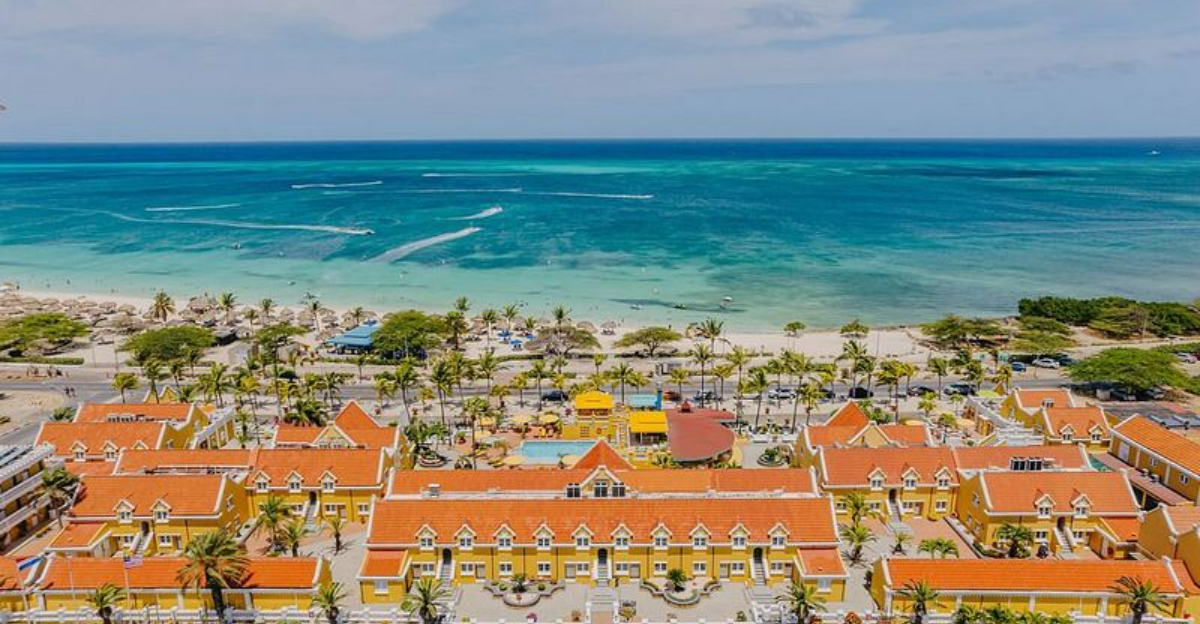
Planning a dreamy island getaway sounds perfect until you encounter the dark side of paradise. From overpriced trinkets to fake tour guides, scammers target tourists looking to relax on sandy shores.
I’ve researched the most notorious island destinations where visitors often fall prey to schemes, plus some spots that pose genuine safety concerns beyond mere scams. Before booking your next tropical vacation, check out these islands that might turn your dream trip into a nightmare.
1. Bali’s Taxi Trap
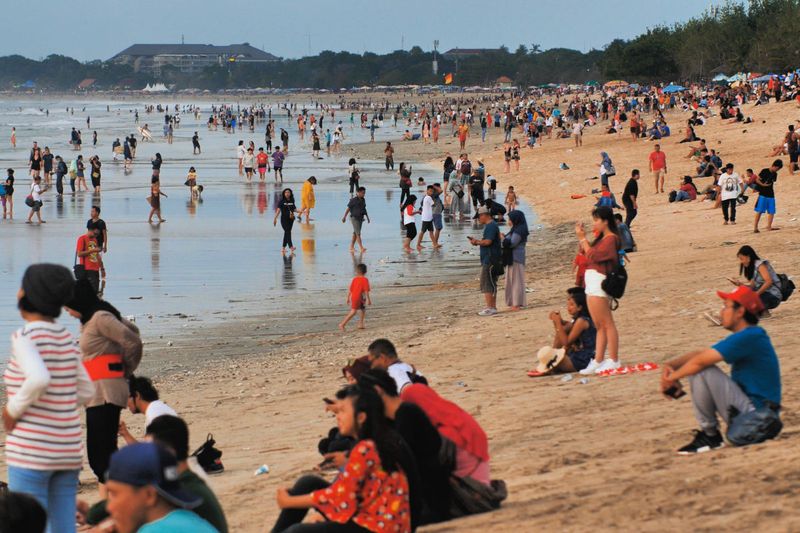
You might think grabbing a cab in Bali is straightforward, but many tourists fall victim to rigged meters and inflated fares. Local drivers often quote prices ten times the normal rate, especially around popular spots like Kuta Beach and Seminyak.
Always negotiate the fare before getting in or insist on using the meter. Better yet, use ride-hailing apps like Grab or GoJek which show prices upfront. Some hotels even have their own trusted drivers at reasonable rates.
Watch out for drivers who claim your hotel is closed or overbooked – they’re typically working with commission-based businesses trying to redirect you elsewhere. This classic bait-and-switch tactic has trapped countless visitors.
2. Phuket’s Jet Ski Hustle
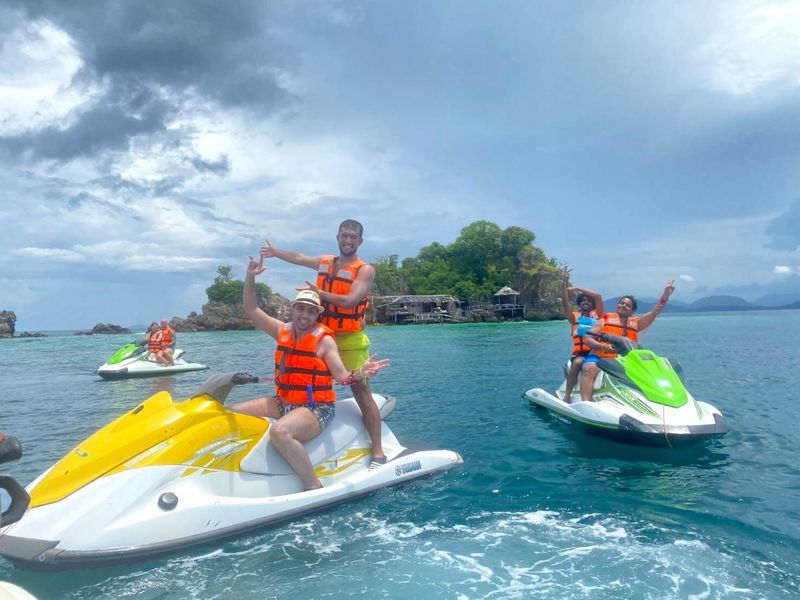
Renting a jet ski on Phuket’s gorgeous beaches seems like a fun adventure until you return it. Suddenly, the rental operator discovers “damage” you supposedly caused – scratches or dents that were cleverly concealed with touch-up paint before you rented it.
The scammer then demands hundreds or even thousands of dollars in repair costs. If you refuse, things can get intimidating fast with threats of police involvement or passport confiscation.
Many tourists end up paying just to escape the situation. Before renting, thoroughly photograph the jet ski from all angles with time stamps and consider only using vendors recommended by reputable hotels.
3. Santorini’s Donkey Ride Deception
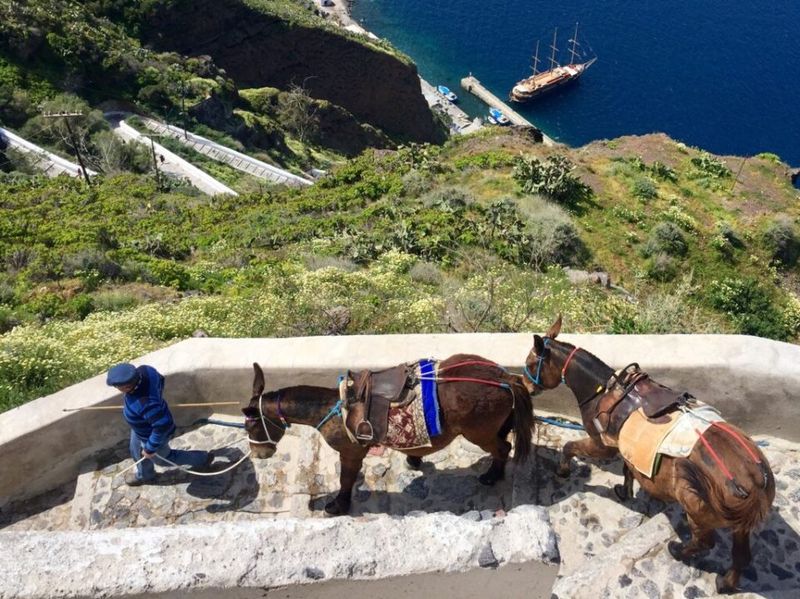
Those iconic donkey rides up Santorini’s steep cliffs look charming in photos, but the reality is far less picturesque. Many operators charge tourists for a complete journey but halfway up, they’ll demand more money to continue – leaving you with an uncomfortable choice on the narrow path.
Animal welfare concerns add another layer to this scam. These donkeys often work long hours in scorching heat without adequate water or rest periods. The animals frequently suffer from spinal injuries, saddle sores, and exhaustion.
If the view is what you’re after, consider the cable car instead. It’s more humane, reliable, and offers the same spectacular vistas without the ethical dilemmas or surprise charges.
4. Jamaica’s Resort Boundary Tricks
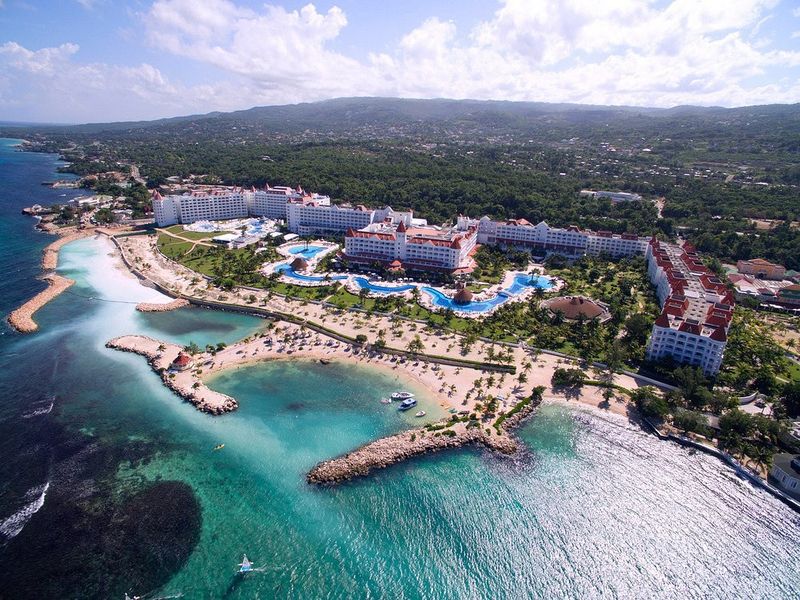
Many first-time visitors to Jamaica fall for the invisible boundary trap. You’re relaxing at your all-inclusive resort when a friendly local offers to show you a “special beach” or “authentic market” just beyond the property line. What they don’t mention is that once you cross that boundary, you’re no longer protected by resort security.
Suddenly, you might face aggressive vendors, inflated prices, or pressure to buy drugs or unwanted services. Some tourists even get escorted to ATMs to withdraw cash.
For exploring beyond your resort, always arrange excursions through established tour companies or your hotel’s concierge. They work with vetted guides who prioritize your safety rather than seeing you as a walking wallet.
5. Ibiza’s Club Promotion Ploy
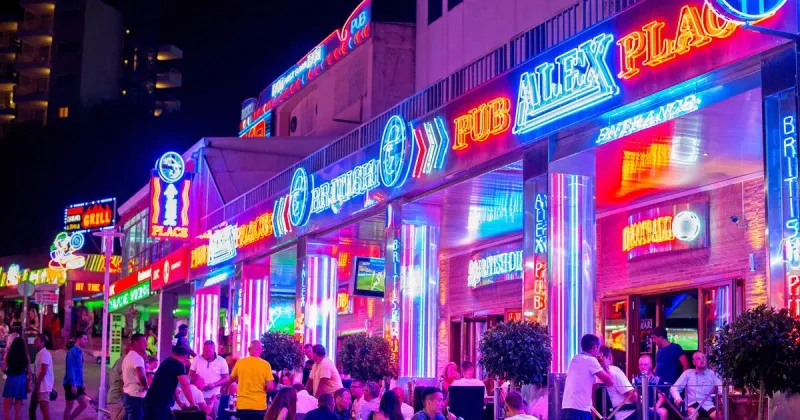
The party scene in Ibiza attracts millions, but behind the pulsing music lurks a common scam. Those friendly “promoters” handing out VIP passes on the beach or in San Antonio often promise free entry, drinks, and special treatment at popular clubs.
After following them through winding streets, you’ll arrive at a completely different venue than advertised. Once inside, those “free” drinks never materialize, or worse, contain watered-down alcohol or even dangerous substances to maximize profits.
Stick to established venues and buy tickets directly from official websites or hotel concierges. True promoters for legitimate clubs typically operate from fixed booths or official ticket offices, not by approaching tourists randomly on beaches or in restaurants.
6. Boracay’s Water Activity Overcharging
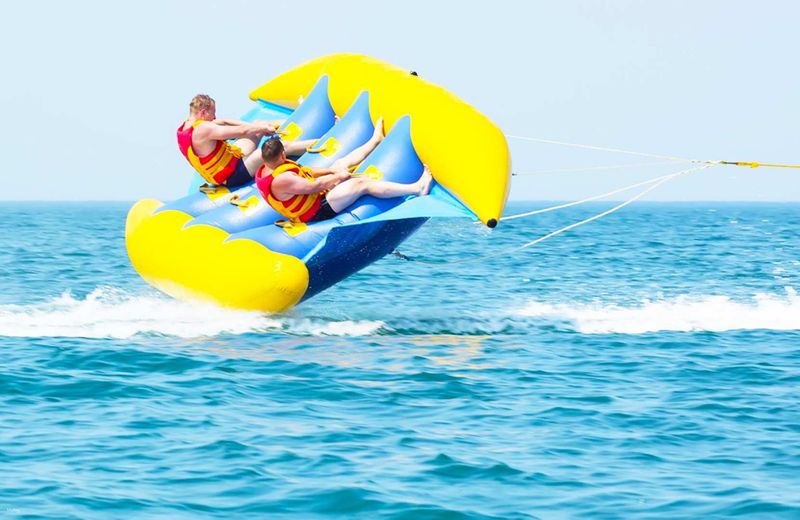
The crystal waters of Boracay in the Philippines hide a murky practice targeting excited tourists. Operators of parasailing, banana boats, and island-hopping tours frequently quote one price initially, then demand significantly more once you’re already mid-activity or worse – out at sea with no way back except through them.
Many tourists have found themselves literally stranded on remote islands until they agree to pay inflated “fuel surcharges” or “landing fees” that weren’t mentioned beforehand. Some operators also cut activities short while charging for the full experience.
Always get written confirmation of exactly what’s included, how long activities last, and the total cost before handing over any money. Booking through your hotel often provides some recourse if things go wrong.
7. Mykonos’ Menu Price Shock
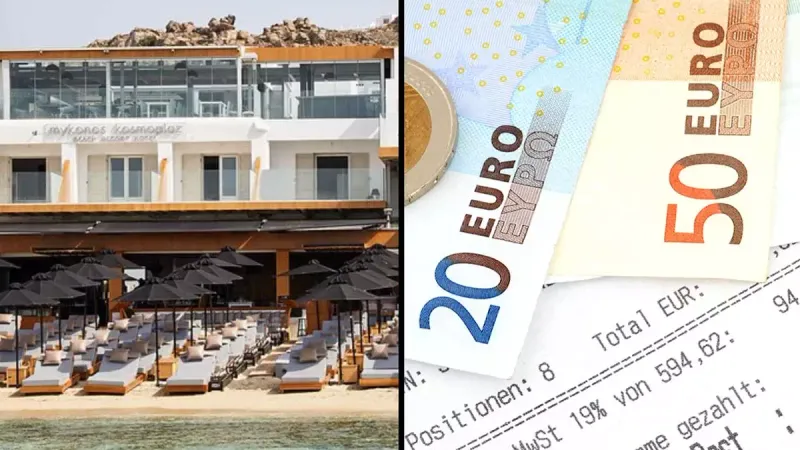
Imagine sitting down at a charming beachside taverna in Mykonos, ordering a simple meal, then receiving a bill that could fund your entire vacation. This island has become notorious for restaurants that don’t display prices or use menus with deliberately tiny, unreadable figures.
Some establishments charge outrageous amounts for basic items – €25 for a bottle of water or €100 for a small plate of calamari isn’t uncommon. When tourists protest, staff may become intimidating or threaten to call police over the “unpaid bill.”
Always ask for prices beforehand and request to see a menu with clear pricing. If staff seem evasive about costs, that’s your cue to find another place. Consider researching restaurants online where previous visitors share their experiences.
8. Bora Bora’s Photo Fee Surprise
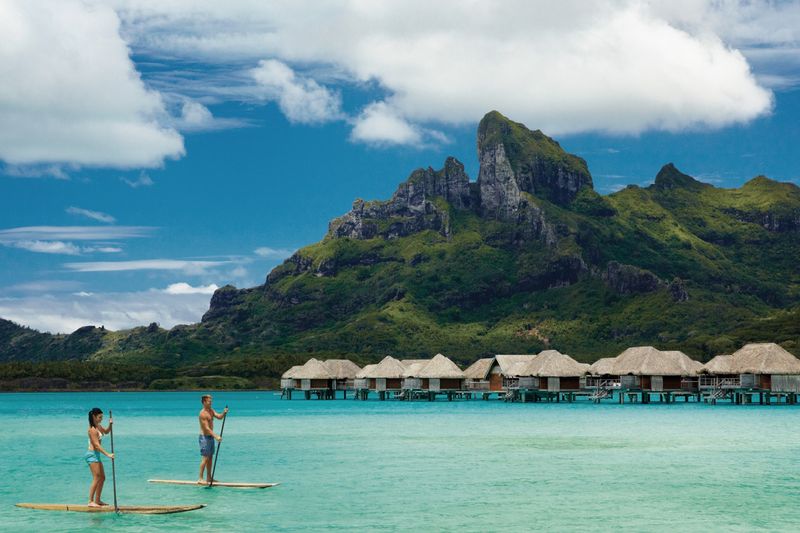
Bora Bora’s breathtaking landscapes make it a photographer’s paradise, but some locals have turned this into a profitable scheme. You might be taking photos of the stunning scenery when someone approaches claiming you need to pay a “photography fee” for capturing images of “their” beach, mountain, or cultural site.
These self-appointed “location guardians” have no official authority but can be quite convincing. Some even wear fake badges or uniforms to appear legitimate to unsuspecting tourists.
While respecting private property is important, public beaches and natural landmarks don’t require fees for casual photography. If approached, politely decline and move to another area. For professional photoshoots, legitimate permits come from government offices, not random individuals.
9. Aruba’s Timeshare Traps
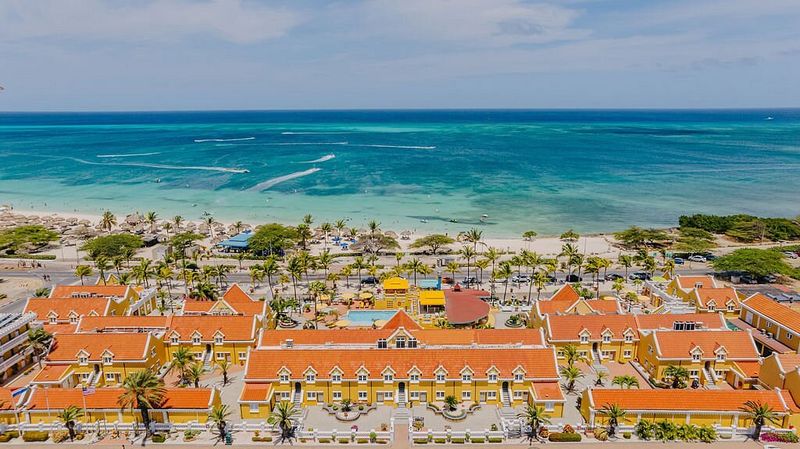
Your relaxing beach day in Aruba might be interrupted by friendly locals offering free island tours or dinner vouchers. What they don’t mention is these “gifts” come with a catch – a high-pressure timeshare presentation that can consume hours of your vacation.
Once you arrive at the presentation, escape becomes difficult. Sales teams use psychological tactics, fatigue, and persistence to wear down your resistance. Many tourists report being held for 3-4 hours despite initially being promised “just 90 minutes.”
If you do attend for the freebies, set a firm time limit and stick to it. Better yet, simply decline these offers altogether – that “free” catamaran cruise isn’t worth spending half your vacation day trapped in a sales pitch for property you likely don’t want.
10. Koh Phangan’s Full Moon Party Pickpocketing
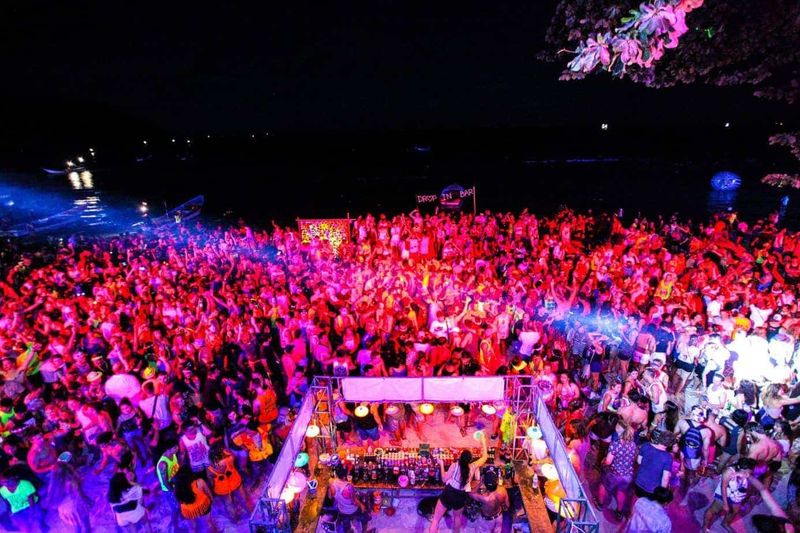
The famous Full Moon Party on Thailand’s Koh Phangan attracts thousands of revelers, but not everyone comes just to dance. Professional thieves target intoxicated tourists in the packed beach parties where close contact makes pickpocketing incredibly easy.
Some criminals work in teams – one creates a distraction while another lifts your valuables. Others pose as friendly partiers, offering drinks that may be drugged to make theft even simpler. The morning after reveals countless tourists discovering missing phones, wallets, and cameras.
If you attend, bring only what you absolutely need – a small amount of cash and perhaps a cheap phone. Consider a waterproof pouch worn under clothing, and never leave drinks unattended. The party’s fun isn’t worth losing your passport or spending days at the police station filing reports.
11. North Sentinel Island’s Deadly Isolation
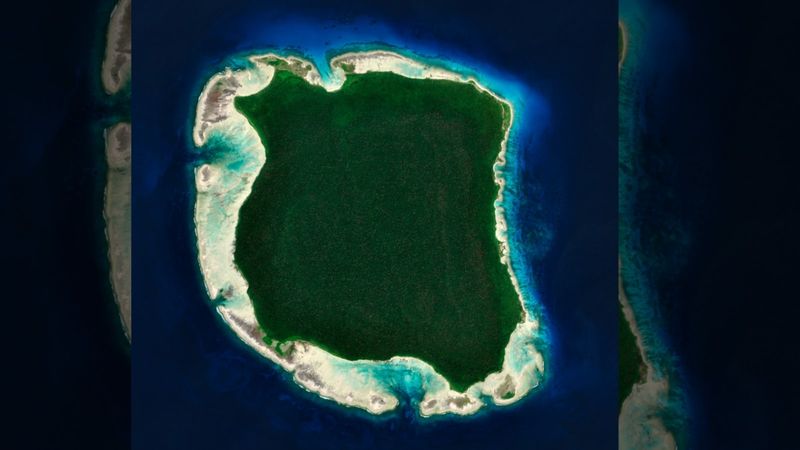
Located in the Bay of Bengal, North Sentinel Island might be the most dangerous island on Earth – not because of scams, but because its indigenous inhabitants reject all contact with outsiders, often violently. The Sentinelese people have lived in isolation for an estimated 60,000 years and fiercely protect their territory.
Several would-be visitors have been killed by arrows upon approaching the island, including missionaries and fishermen who drifted too close. The Indian government has established a 3-mile exclusion zone around the island and strictly prohibits any attempts to visit.
Beyond the obvious physical danger, contact could introduce diseases to which the Sentinelese have no immunity, potentially wiping out their entire population. This island isn’t just risky – it’s completely off-limits for very good reasons.
12. Haiti’s Unpredictable Dangers
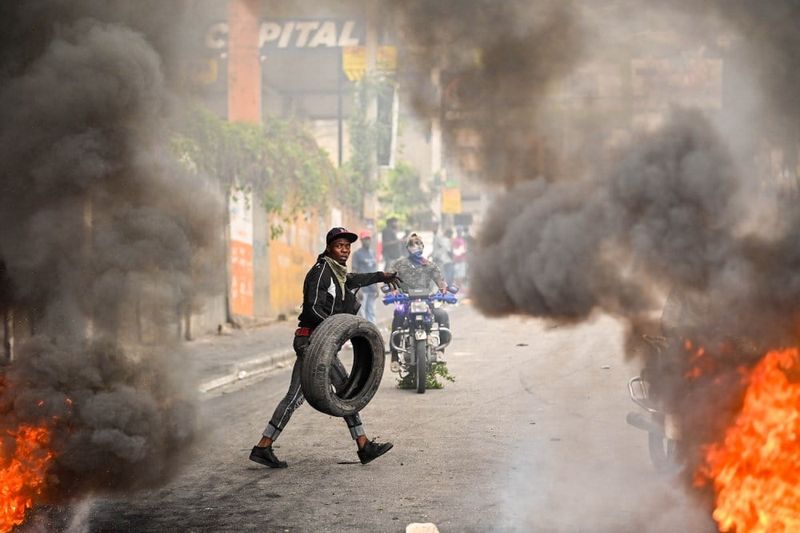
Haiti’s beautiful landscapes and rich cultural heritage are overshadowed by extreme political instability and rampant crime. The Caribbean nation currently faces unprecedented gang violence, with armed groups controlling large sections of major cities including Port-au-Prince.
Kidnappings have become alarmingly common, with both locals and the few remaining foreigners targeted regardless of their wealth or status. Even humanitarian workers operating under security protocols have been victims. Infrastructure has collapsed in many areas, with hospitals, police, and basic services barely functioning.
Most governments maintain their highest travel warnings for Haiti, advising against all travel. Those who must visit should work with established security services and avoid all non-essential movement. The situation remains highly volatile, with conditions changing daily.
13. Somalia’s Pirate-Plagued Coastline
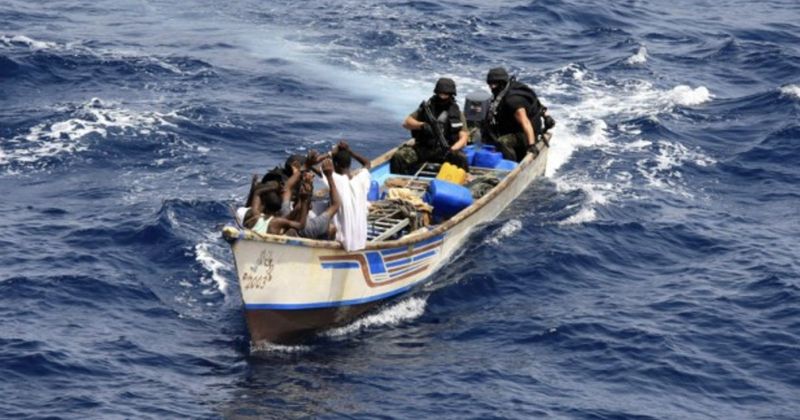
While Somalia’s mainland gets most attention for security concerns, its islands and coastal areas present unique dangers. The waters off Somalia became notorious for modern piracy in the early 2000s, and though international naval patrols have reduced incidents, the threat hasn’t disappeared.
Islands like Socotra, geographically part of Somalia but administered by Yemen, sit in waters where armed groups still operate. Even established tour companies cannot guarantee safety in a region where governance remains weak and maritime law enforcement is limited.
Beyond piracy, political instability, terrorist activity, and lack of emergency services make these islands extraordinarily risky. Few insurance policies cover travel here, and in case of emergency, evacuation options are extremely limited or nonexistent. The stunning biodiversity simply isn’t worth the substantial risk.
14. Papua New Guinea’s Tribal Conflict Zones

The islands of Papua New Guinea offer incredible biodiversity and cultural experiences, but they’re also home to ongoing tribal conflicts that can erupt without warning. In regions like the Highlands and remote islands, ancient rivalries sometimes escalate into violence that can inadvertently ensnare visitors.
Law enforcement is minimal in many areas, with some islands essentially governing themselves through traditional systems. Medical facilities outside major centers are extremely basic, meaning even minor injuries can become life-threatening emergencies.
While organized tours to specific locations can be conducted safely, independent travel through island communities presents significant risks. Travelers have been robbed, assaulted, or caught in dangerous situations when wandering into territories experiencing active conflicts or where outsiders are viewed with suspicion.
15. Saba’s Treacherous Airport Approach
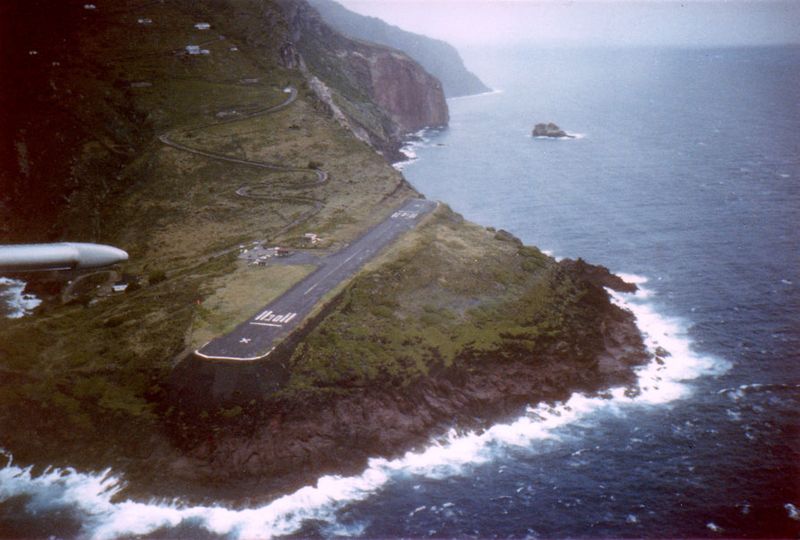
Reaching Saba in the Caribbean requires landing at one of the world’s most dangerous airports. The island’s Juancho E. Yrausquin Airport features the shortest commercial runway globally at just 1,300 feet – ending with cliffs that plunge directly into the ocean on three sides.
Only specially certified pilots can attempt landings here, and weather conditions frequently force cancellations. The steep terrain creates unpredictable wind shears that have caused numerous close calls. Once on the island, medical facilities are extremely limited – serious injuries require evacuation to larger islands, which may be impossible during storms.
While Saba offers spectacular diving and hiking, the combination of difficult access, limited emergency services, and isolation during bad weather creates risks that many travelers aren’t prepared for. The island’s nickname, “The Unspoiled Queen,” comes with substantial practical challenges.
